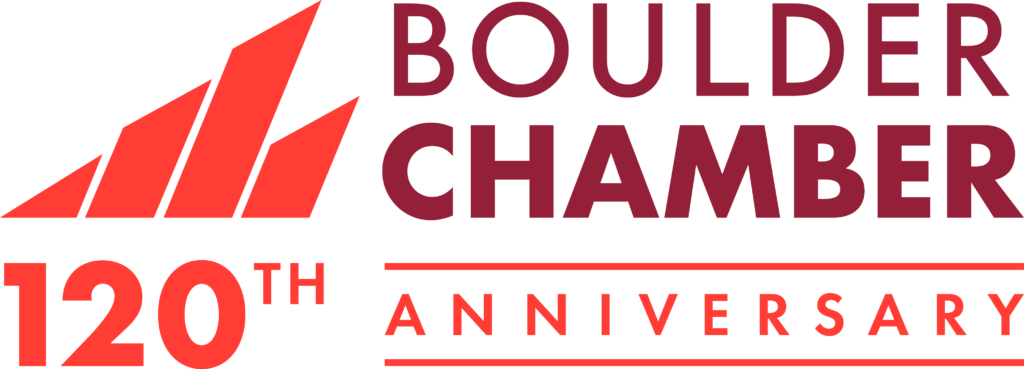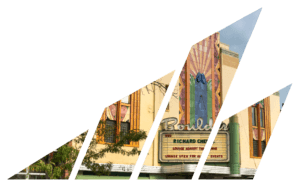What is Boulder Together?
The Boulder Together initiative gives Boulder's leaders the opportunity to come together and shape our collective future. A multi-year initiative of the Boulder Chamber Foundation, Boulder Together galvanizes our business community to implement solutions to Boulder's most pressing challenges and exciting opportunities. Together, we can leave the enduring legacy of a dynamic, thriving and vibrant community.
AN INITIATIVE REIMAGINED
Boulder, and the issues we face as a community, are constantly changing. To learn what's most important today, we surveyed more than 6,000 businesses and nonprofits and convened focus groups that engaged a diversity of business and community leaders.
These data and leadership insights guided the development of seven distinct pillars of Boulder Together, each with a directed focus and metrics to evaluate our efforts. They are:
Boulder Living
Middle-Income Housing.
Create a pathway for 5,000 additional middle-income housing units.
Boulder Secure
Public Safety & Security.
Decrease property and aggravated crimes to 2017 levels.
Boulder Responds
Homelessness.
Reduce homelessness in Boulder by 50% by 2028.
Boulder Works
Workforce Development Solutions.
Engage at least 180 businesses with at least one of our development programming cores.
Boulder Thrives
Commerical District Revitalization.
Return to pre-pandemic office vacancies of less than 7% from today's 30%.
Boulder Launches
Small Business and Start-up Support.
Our goals include having 50% of program participants recognize the value of fostering connections, sharing best practices, enhancing pitching skills, and supporting start-up scaling, while engaging 25% of baseline underrepresented and diverse entrepreneurs.
Boulder Moves
Regional Connectivity and Micro-Mobility.
Expand regional connectivity and convenient micro-mobility options to eliminate 3 million trips by 2028.
A History of Success
Launched in 2017, the Boulder Together initiative has already met and exceeded many goals, including:
apprentices with a
Power a Pillar to Create Your Boulder Legacy
Powering a Pillar demonstrates your leadership in driving tangible and measurable results for your organization and leaving a lasting legacy for our community.
Which issue resonates with you and your organization?
WHAT WILL YOUR LEGACY BE?
Align your focus with the opportunities that align with you and your organization through:



